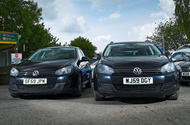Importing right-hand-drive German and Swedish family cars is an increasingly popular trade
The UK now imports thousands of CAZ-compliant, “meticulously maintained” cars from Japan
Remember the Eunos Roadster, the right-hand-drive Mazda MX-5 shipped by UK importers from Japan that was popular in the early 2000s?
I had one, devoid of service history and with uncertain mileage but reliable and rust-free.
Today, the trade in used grey-import performance cars from Japan, where like us they drive on the left, continues with companies supplying models such as Nissan Skylines and Honda Type Rs, although in better condition and with ample evidence of their service history and mileage.
Another, increasingly popular trade exists in used, right-hand-drive German and Swedish family cars imported from the same country – models such as the Volkswagen Touran, Golf and Polo, BMW 1 Series, 3 Series and 5 Series (the estate versions of the bigger two especially), Mercedes C– and E-Class (again, mainly estate versions), Audi A4 Avant and A6 Avant and Volvo estates.
Most are petrol automatics and older than 10 years because Japan imports of this age are not required to be tested under the UK’s complex Individual Vehicle Approval scheme. However, they must have Japanese type approval.
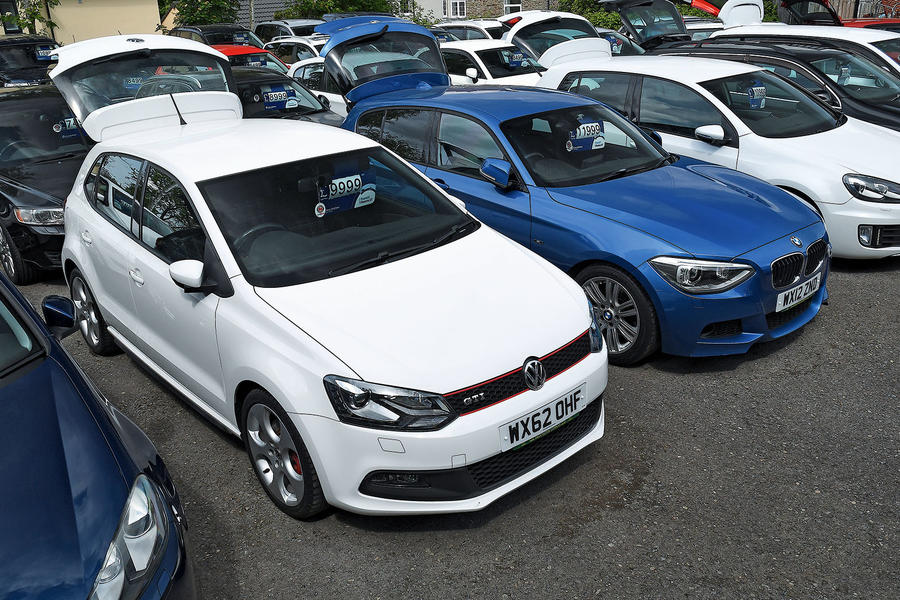
In the first three months of this year, the UK imported almost 5000 used cars from Japan. Around 30% of them were European models, the majority Volksawgens but also BMWs, Mercedes, Audis, Volvos and Minis.
The remaining 70% were Japanese cars: hybrids, MPVs, SUVs and some performance cars. The origins of the trade go back to 2008, when Japan’s and Europe’s type approval regulations became more closely aligned and European car makers began exporting their vehicles to Japan with features such as rear fog lights and headlight washers.
Gradually, a few used cars began to trickle back to the UK. It took off, though, with the creation of the UK’s low-emission zones in city centres. These penalise diesel cars below the Euro 6 emissions standard introduced in 2014 and petrol cars below Euro 4 (from 2005).
They have triggered a demand for family cars costing around £9000 that can enter the zones without attracting a charge.
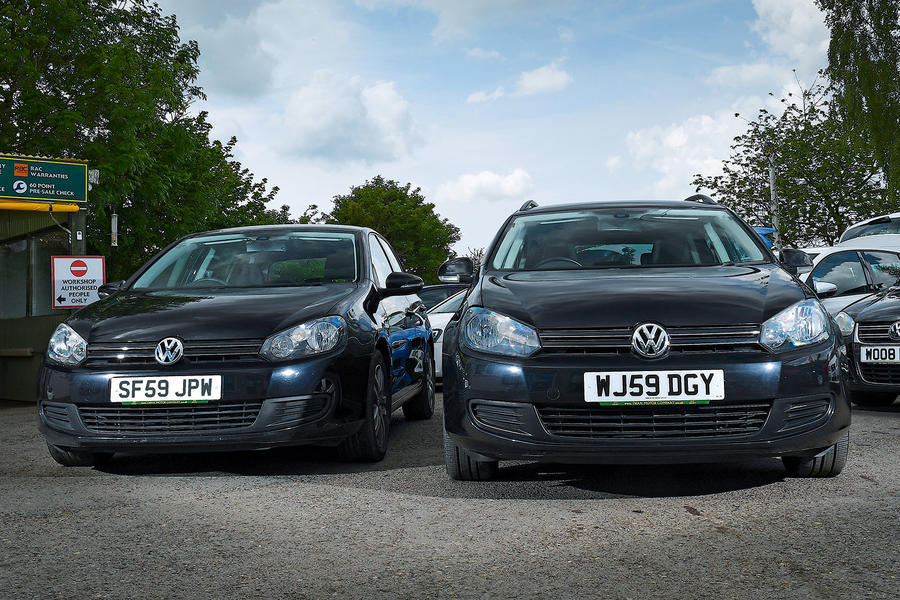
Unfortunately, UK used cars that qualify are in short supply and often in questionable condition with high mileages. Not so, those imported from Japan.
According to a report by Volksawgen, in Japan “many customers maintain their vehicles extraordinarily meticulously and go to their dealer’s workshop for small things”. One reason for this is the ‘shaken’, Japan’s equivalent of the MOT test.
It occurs first when the car is three years old and then every two years following – and it’s expensive: around £1500 and rising as the car becomes older. It’s why, rather than face these mounting costs, many owners change their cars “as often as their smartphones”, according to Volkswagen’s report.
The shaken is a terrifying prospect but Japanese drivers then face a further challenge: selling their unwanted car in a tightly regulated and crowded market. As a result, around 1.2 million used cars are exported from Japan each year.
Russia and the United Arab Emirates take the lion’s share, at 200,000 imports apiece. Ranking in 16th place is the UK, at 20,000.
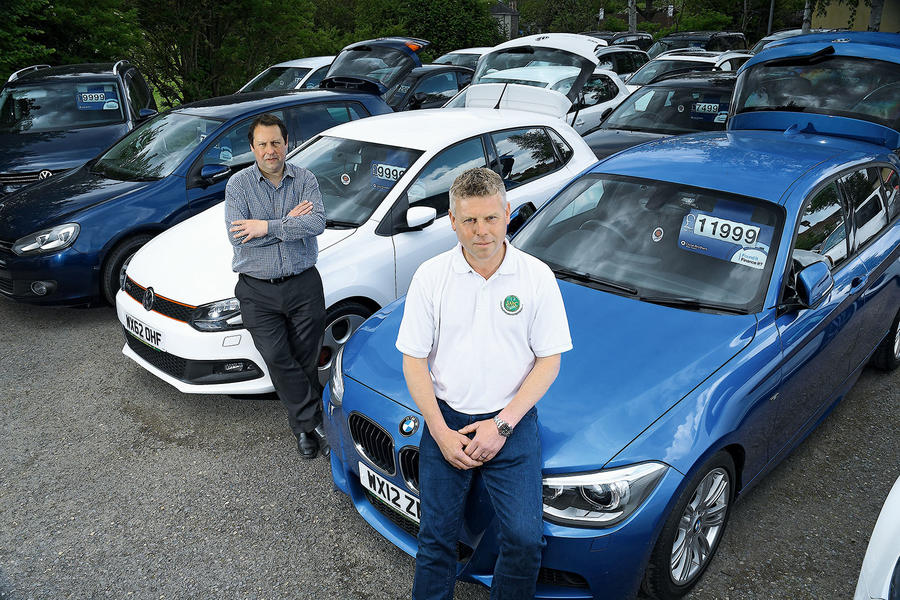
Neil Howe has been importing European cars from Japan since 2016. He visits the country every couple of months to view cars and meet the agents who source them for his retail business, Winterstoke Motor Company near Bristol, and for other UK dealers he supplies.
“The typical ex-Japan car is in much better condition than a UK vehicle and has a lower mileage,” he says. “Full service histories – being digital means they’re easy to verify – are common, even on low-mileage cars, and many replacement parts are original equipment, fitted by main dealers.”
The cars he imports have their mileages and provenance checked by the British Independent Motor Trade Association (BIMTA). Formed 20 years ago as part of a campaign to allow more imports of cars into the UK, the organisation is today recognised by government agencies.
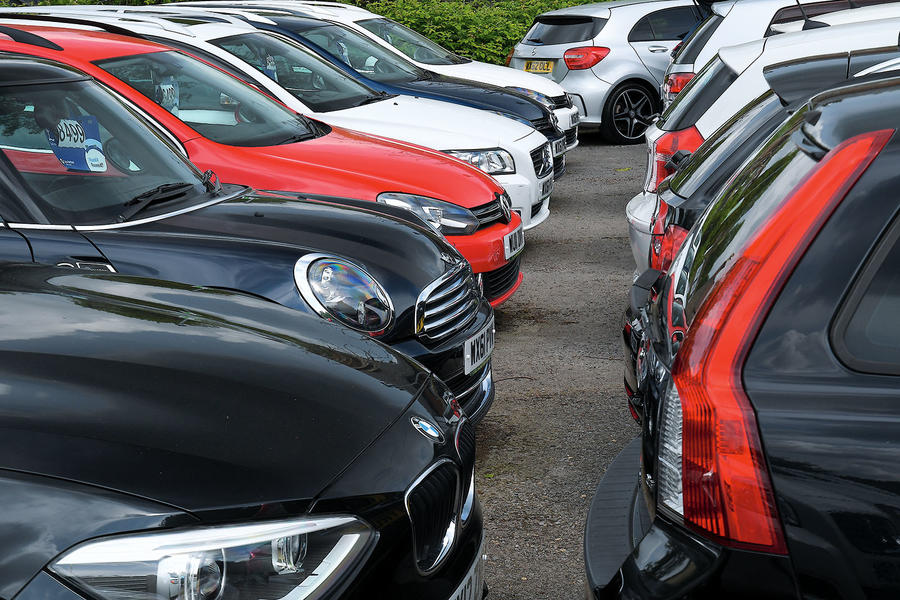
Cars that satisfy its checks are awarded a BIMTA certificate and a guarantee that the mileage is correct. In addition, Howe supplies an export certificate, issued in Japan but partly written in English, that confirms details such as the vehicle’s chassis number and shaken record and that no finance is owing on the car, and either the service book or a print-out of the car’s digital service record, again written in English.
Because the imported cars were manufactured to meet EEA/UN as well as Japan type approval regulations, their factory-fitted lights satisfy UK road laws. In the car’s system menu, the odometer and speedometer can be changed to read miles.
Conversions that are required usually concern updates to the navigation system. However, every car is different in this respect, says Howe, with Volvos being among the more challenging.
As the UK’s used car drought continues and more people are forced out of their non-ULEZ-compliant cars, a used Japanese import might just be the answer for a family car buyer on a budget.
How to insure a Japanese import
They may satisfy European type approval laws, have similar specifications and be as easy to repair and to source parts for as UK cars, but used European cars imported from Japan appear to be more expensive to insure. For example, we were quoted £312 to insure a Volkswagen Touran 1.4 TSI SE DSG imported from Japan compared with £276 for its UK equivalent.
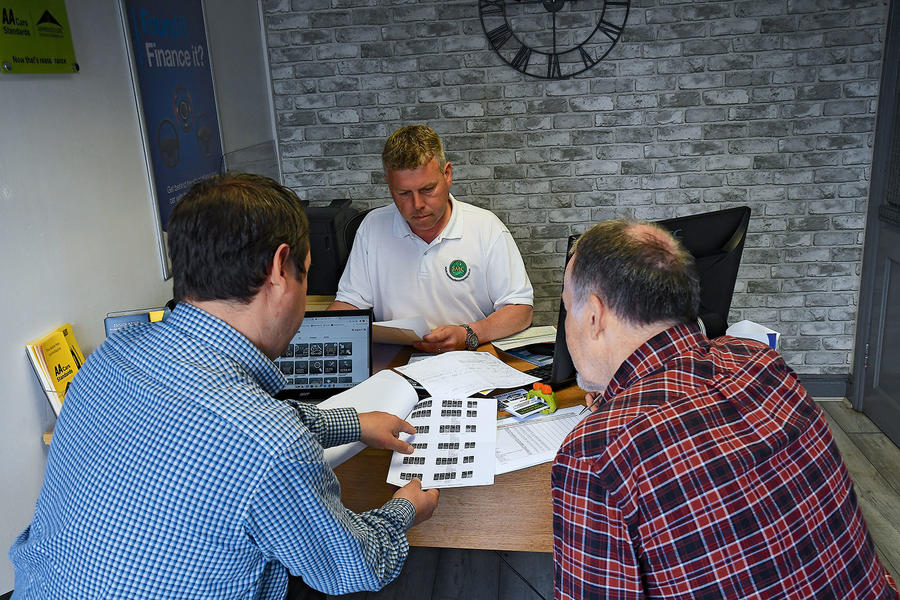
Five imports we found
Volkswagen Touran 1.4 TSI SE DSG 2011/06, 44,000 miles, £8990: Few UK equivalents but around £1500 cheaper
Volkswagen Golf 1.4 TSI SE DSG 2012/12, 49,500 miles, £7995: Around £500 cheaper than UK equivalent
BMW 116i Sport Auto 2012/12, 44,000 miles, £8990: Roughly same price as UK equivalent
Audi S4 Quattro 2010/10, 46,000 miles, £13,995: Few UK cars with such a low mileage
Volvo V70 2.5 R-Design SE Auto 2009/59, 55,000 miles, £9990: Rare petrol version with ULEZ advantage over diesel
Source: Autocar
